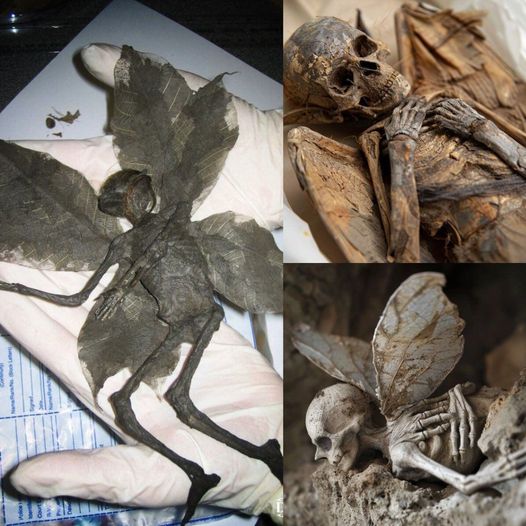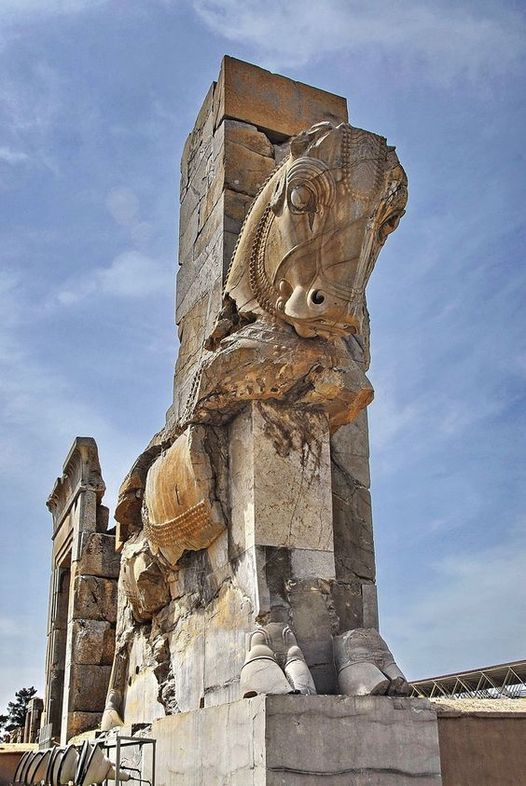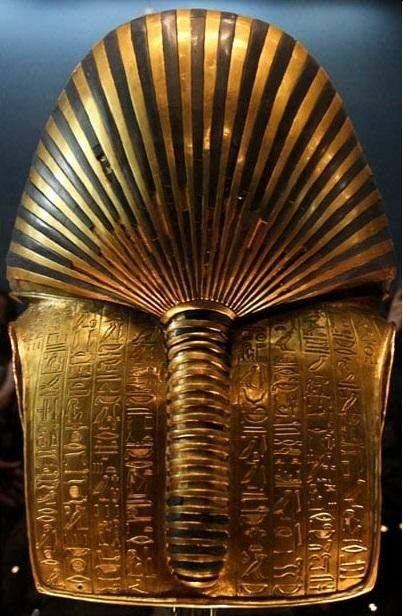In the corridors of art history, the works that resonate across the ages are often those that encapsulate human emotion in its purest form. Jean-Baptiste Carpeaux's masterful sculpture "Ugolino and His Sons" (1860) is one such piece, a compelling narrative of despair and affection turned to stone.
This sculpture, inspired by a scene from Dante Alighieri's "Inferno" in the Divine Comedy, captures Count Ugolino della Gherardesca in a moment of profound anguish. Ugolino, who was condemned for treason and imprisoned with his sons, is depicted in the throes of starvation, faced with the harrowing decision to consume the bodies of his deceased offspring to survive.

Carpeaux's attention to detail brings this tragic tale to life. The meticulous carving of the veins and muscles in Ugolino's hands, as shown in the photograph, speaks volumes about the sculptor's dedication to realism and emotional expression. The veins seem to pulsate with life, a stark contrast to the death that surrounds him. The weight of Ugolino's head on his hand, and the tension in his fingers as they press against his thigh, create a composition that draws viewers into his internal turmoil.
The artist does not shy away from the macabre elements of the story, yet he elevates them to a level of classical beauty that compels contemplation rather than repulsion. It is a balance that only a sculptor of Carpeaux's caliber could achieve, as he transforms a tale of desperation into a work that resonates with the timeless themes of parental love and the human condition.

Exhibited in the Metropolitan Museum of Art, "Ugolino and His Sons" continues to move audiences with its emotional depth and technical brilliance. Carpeaux's work remains a testament to the enduring power of art to convey the depths of human suffering and the complex layers of our emotions. Through this sculpture, the tale of Ugolino's tragic fate will forever be etched not only in stone but also in the hearts and minds of those who witness it.










